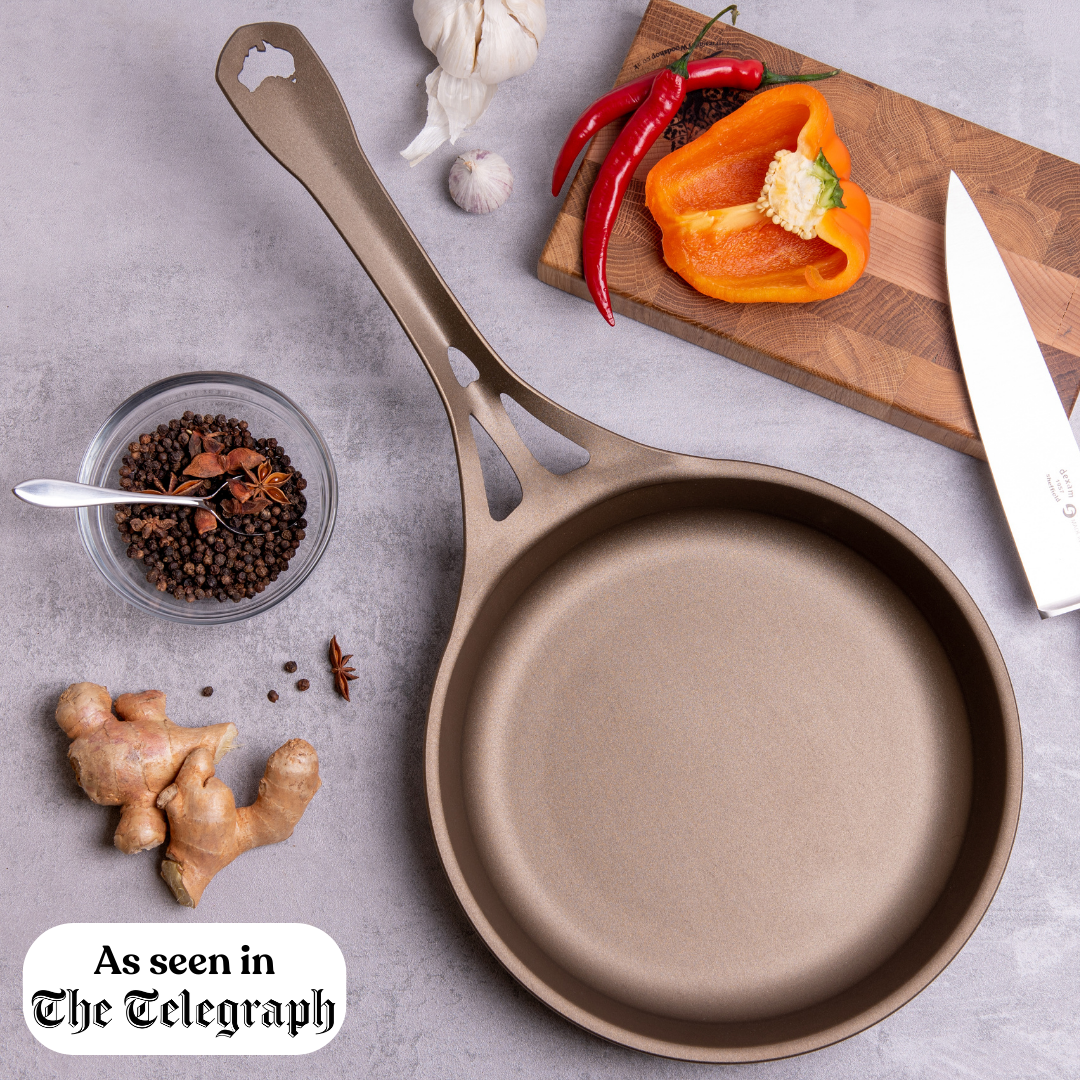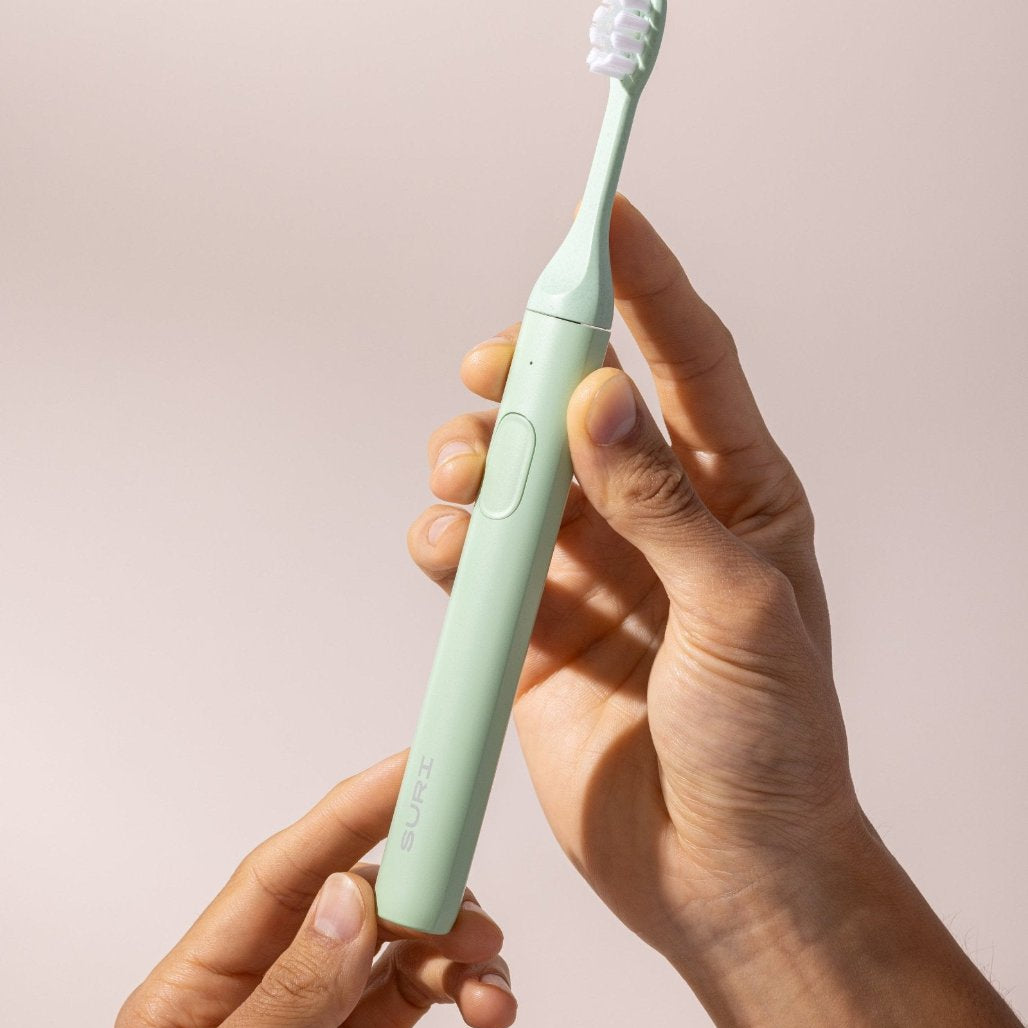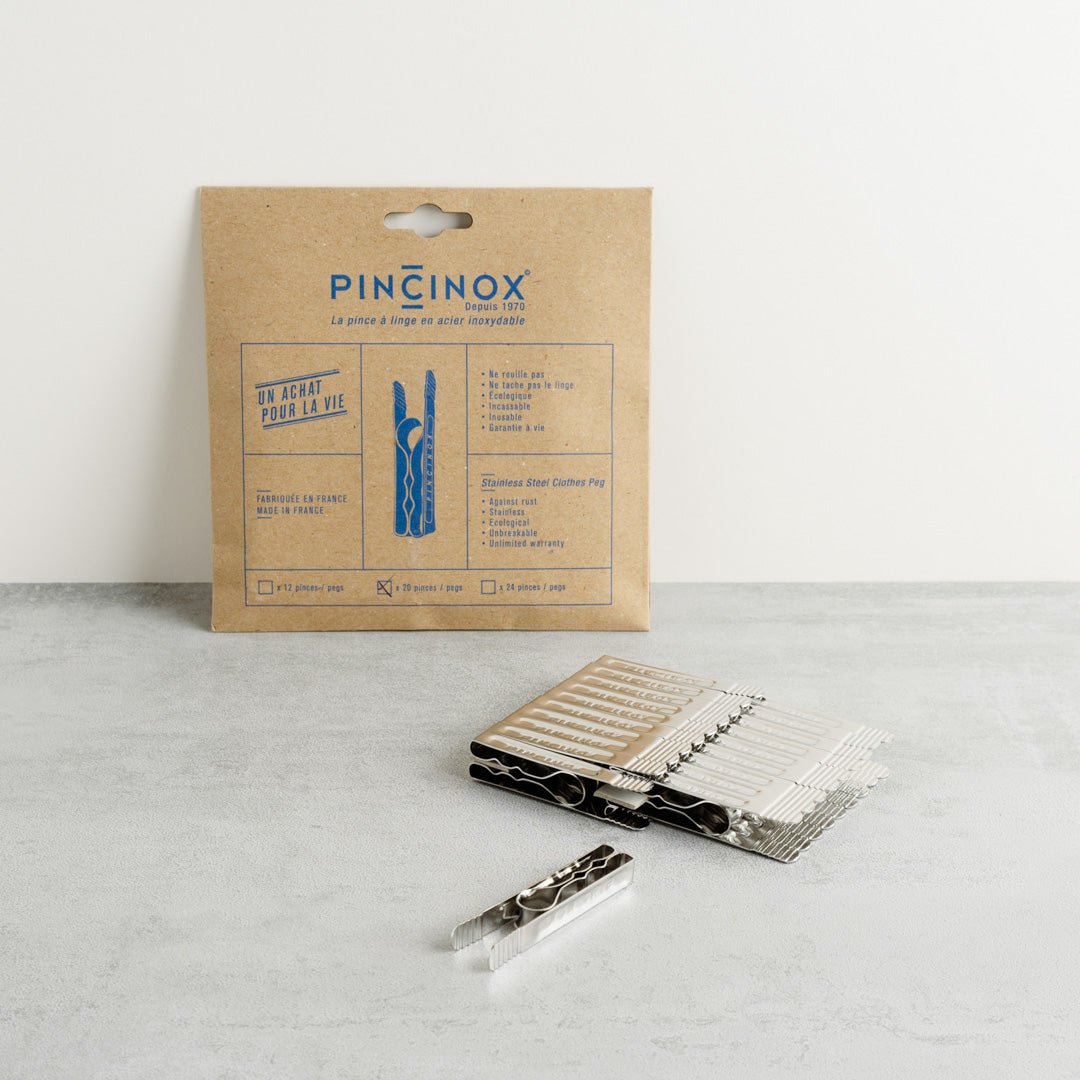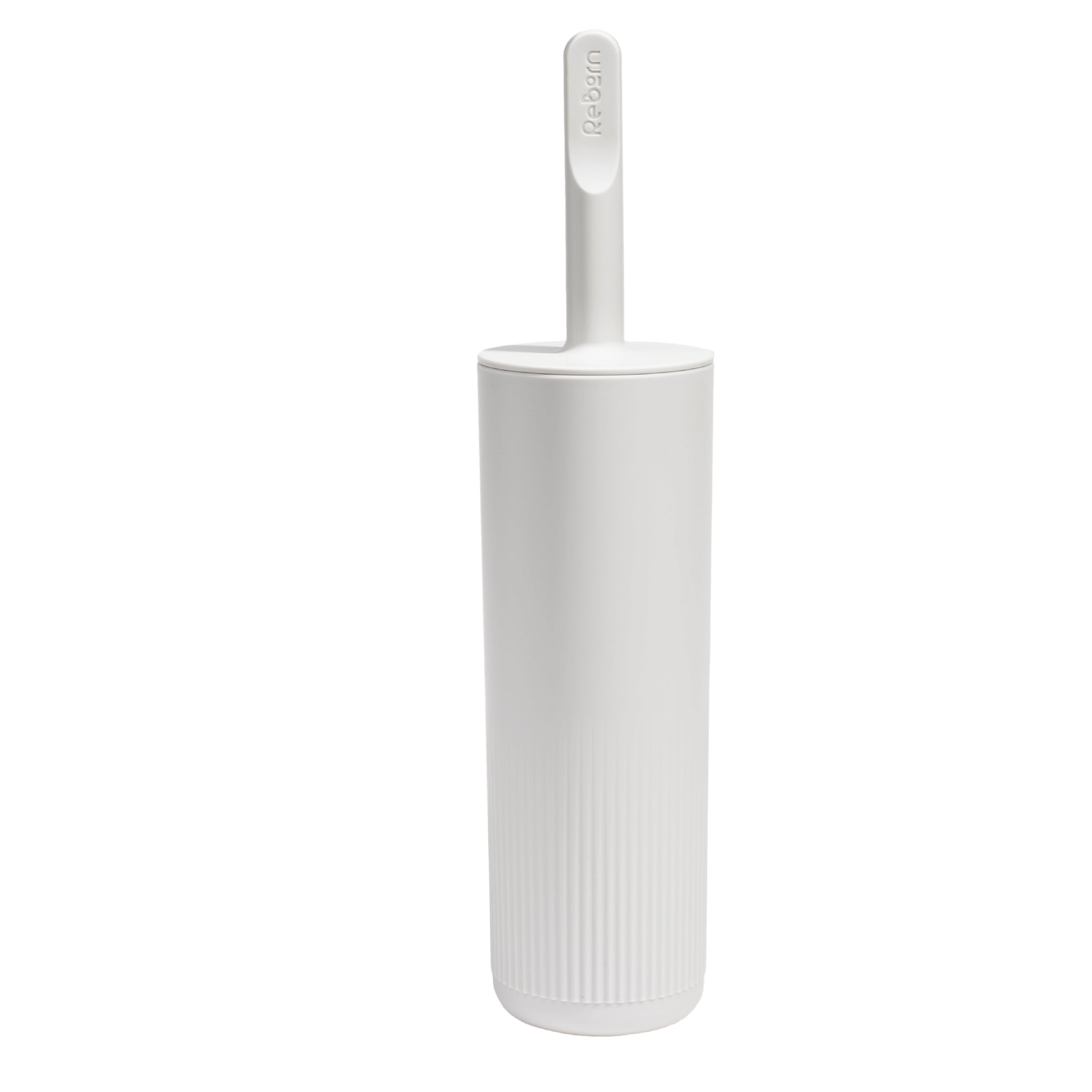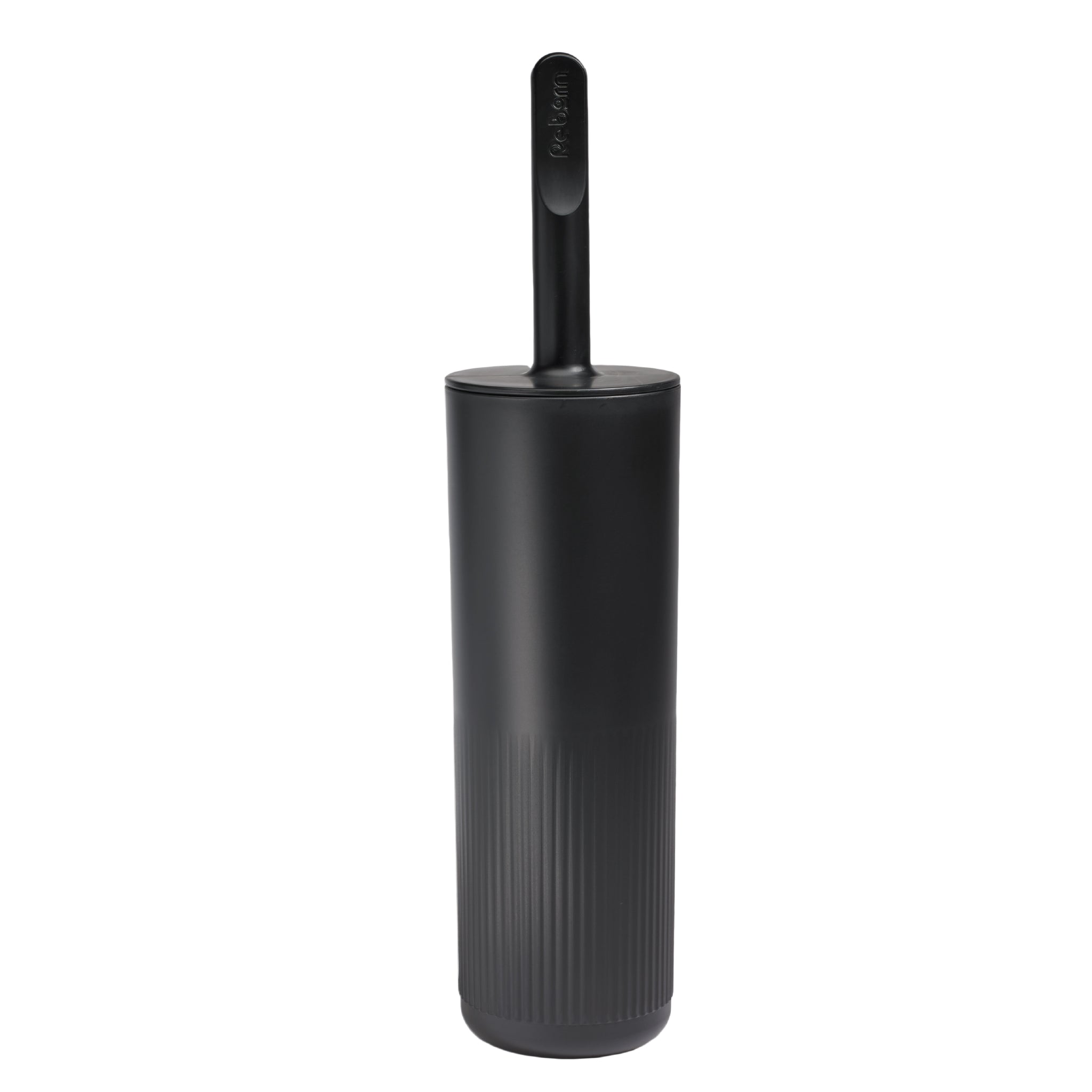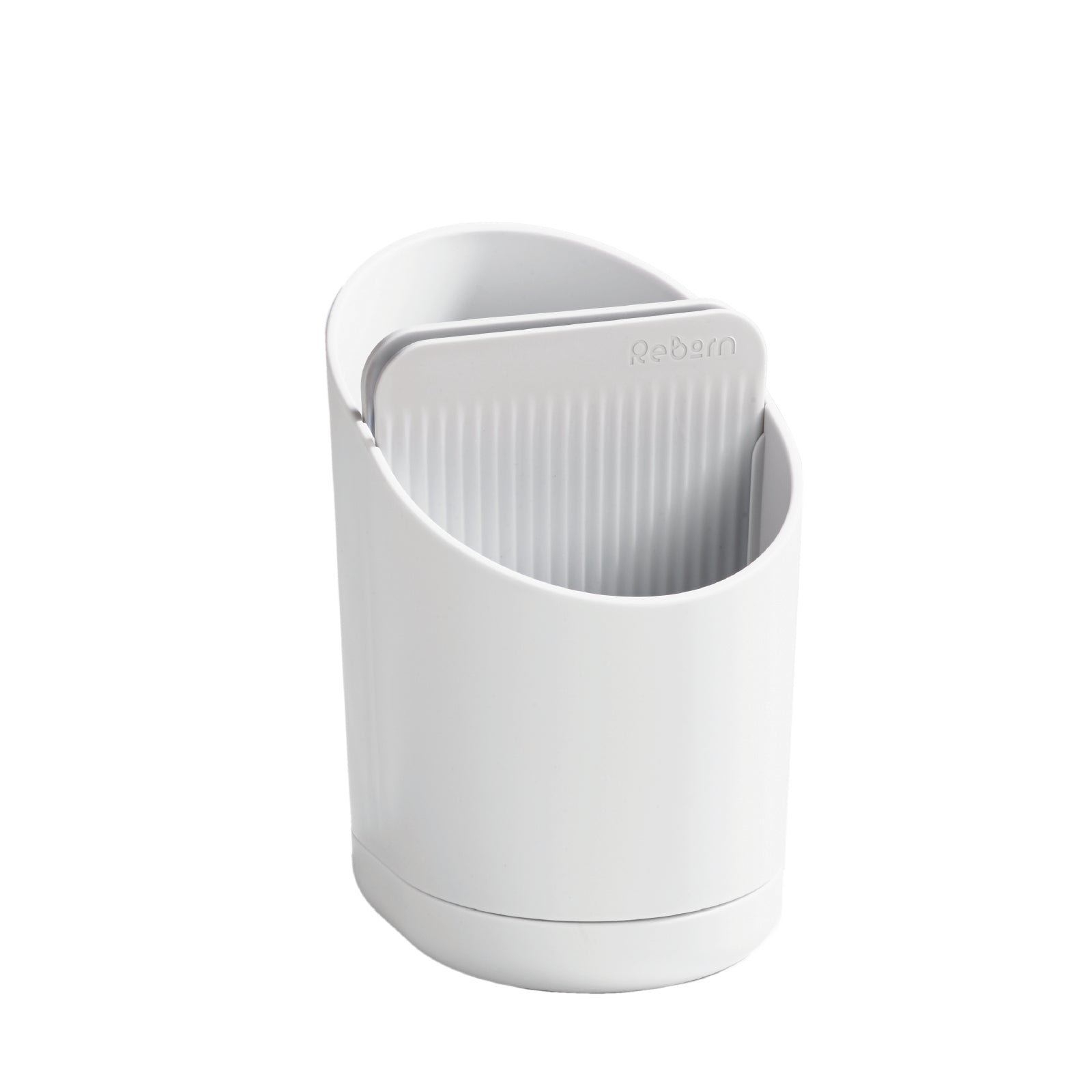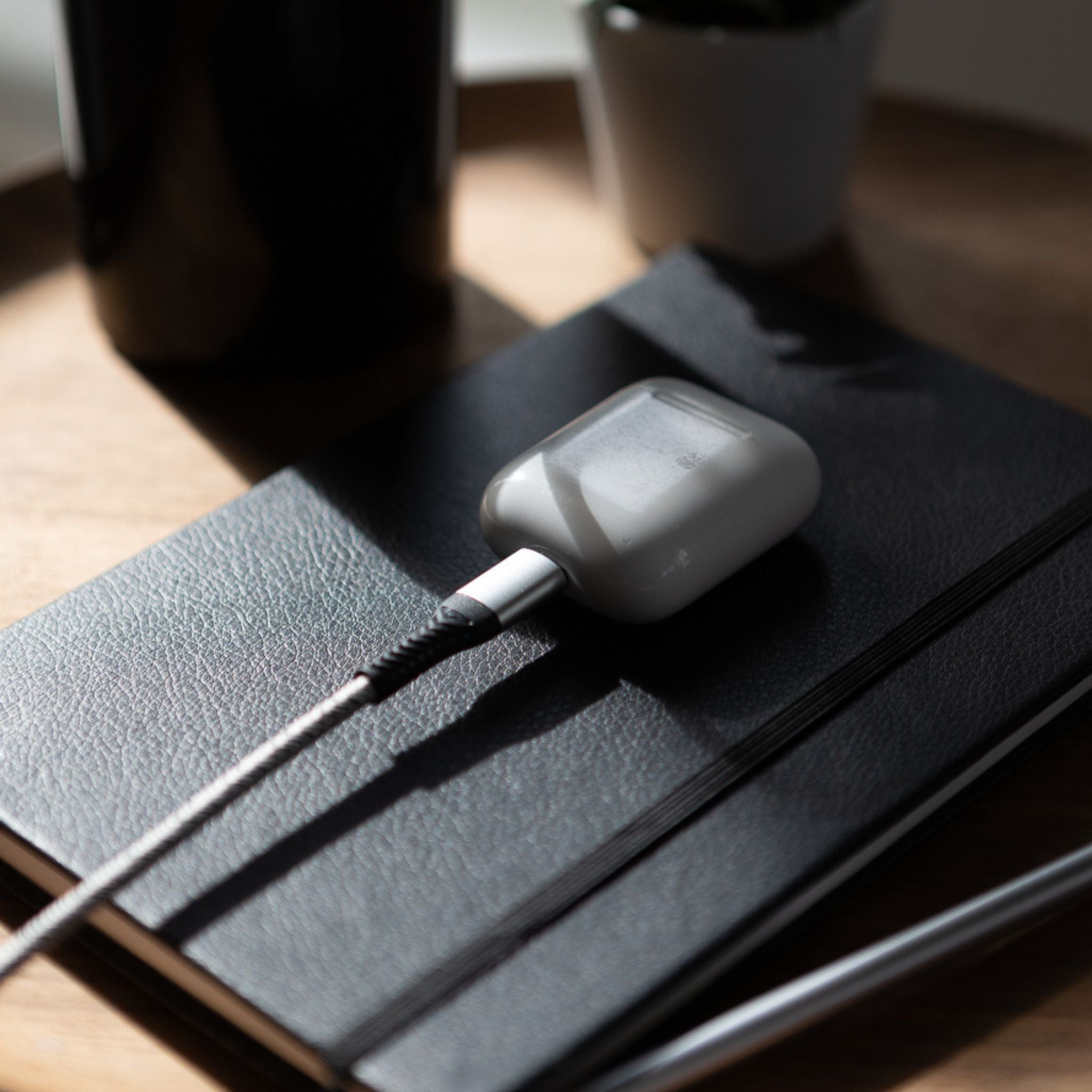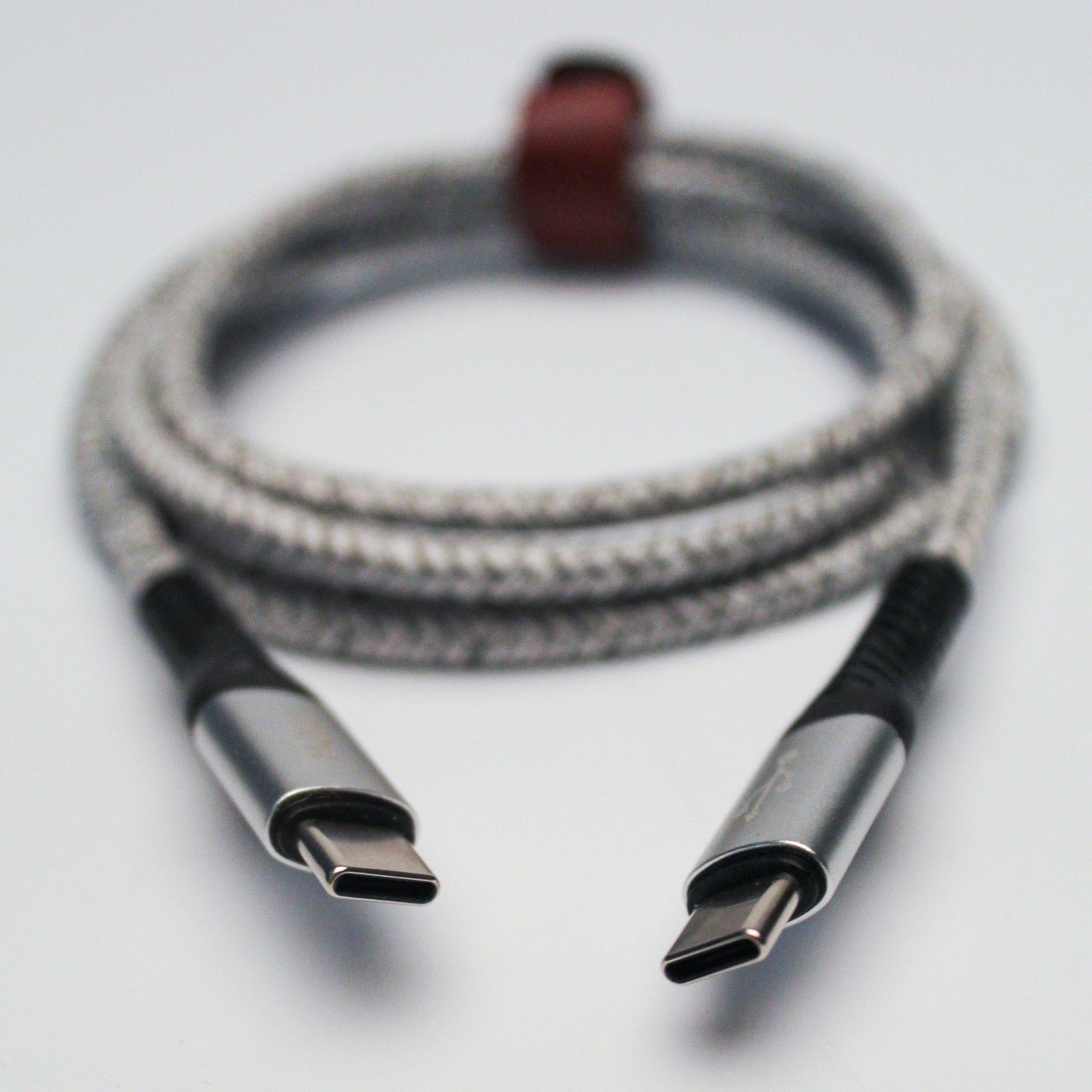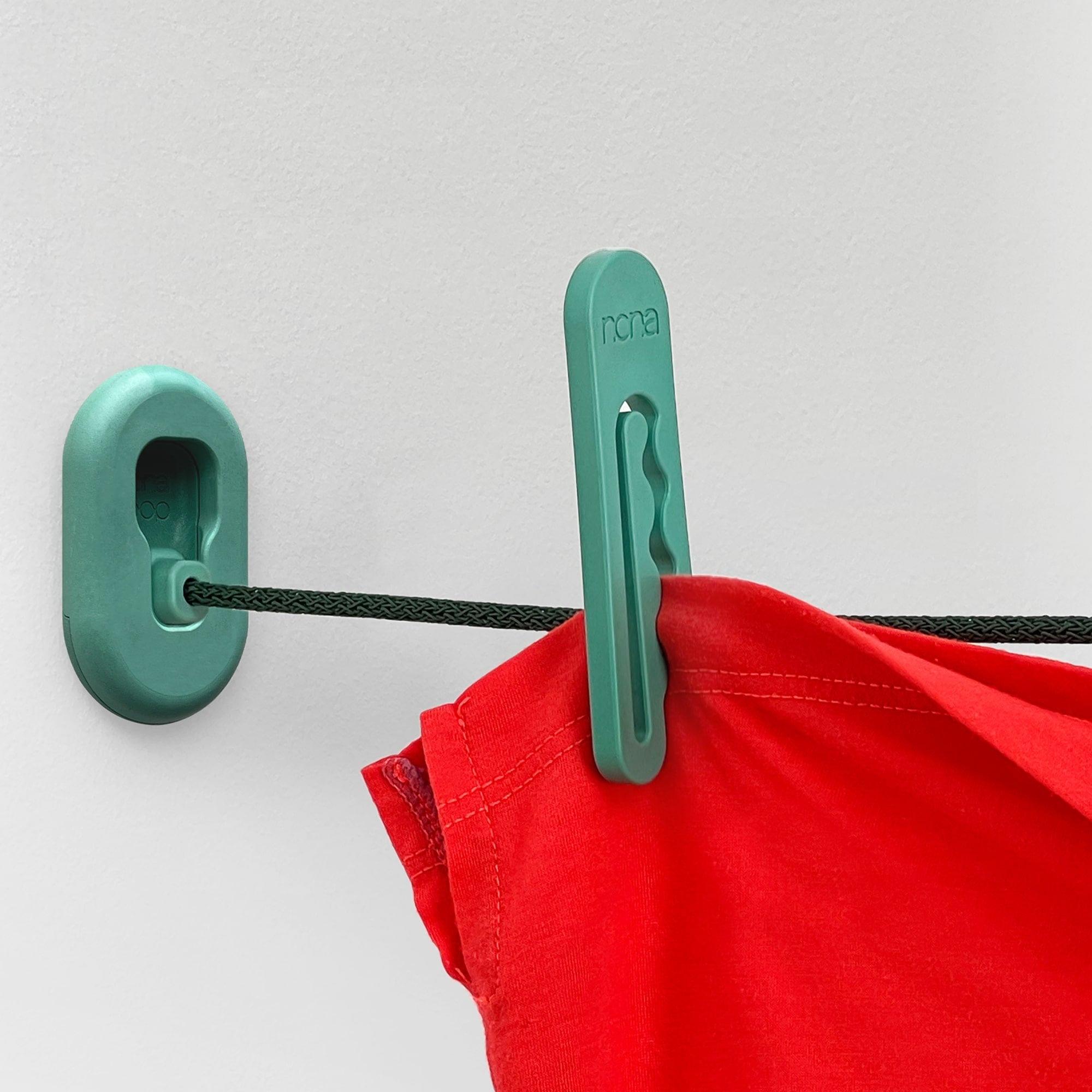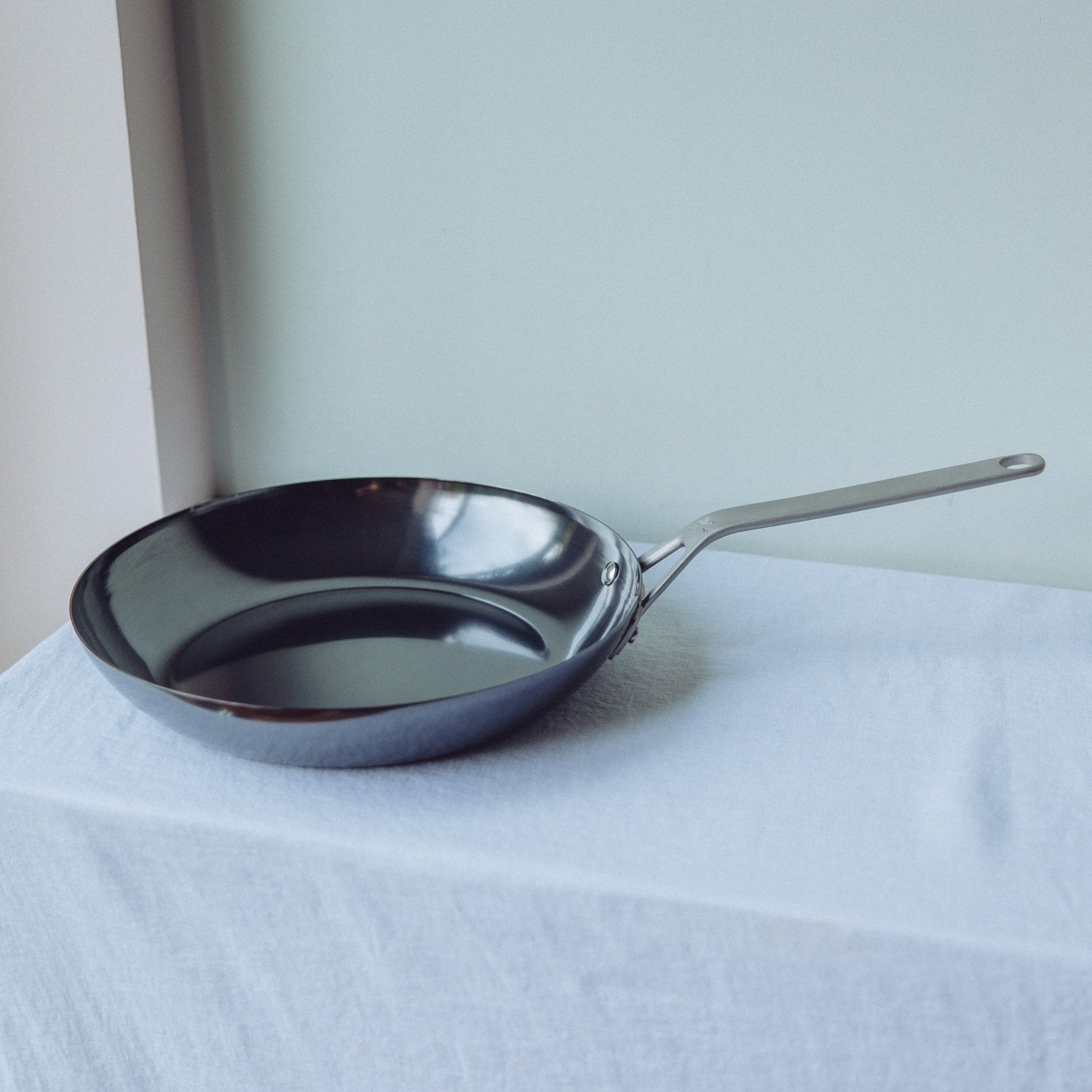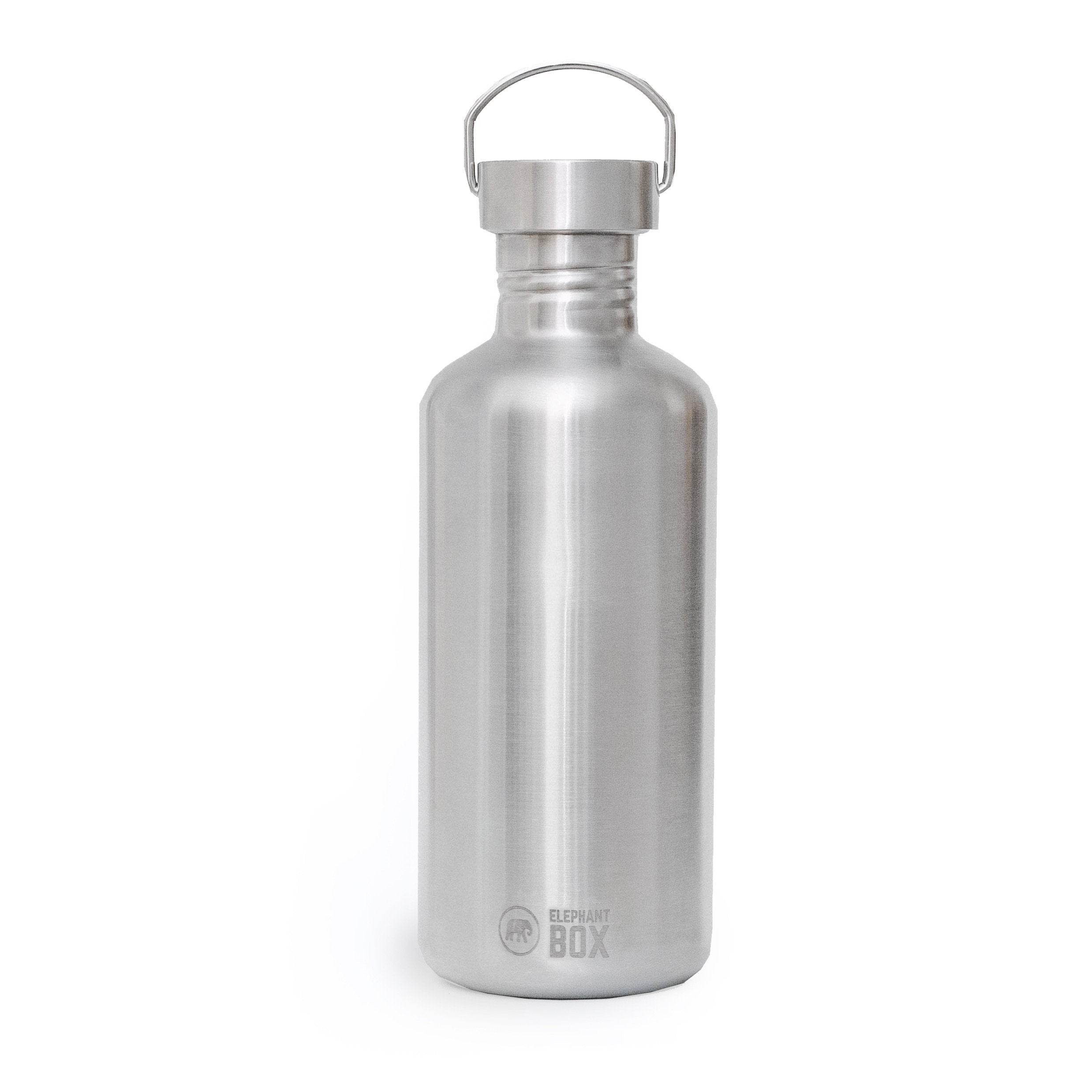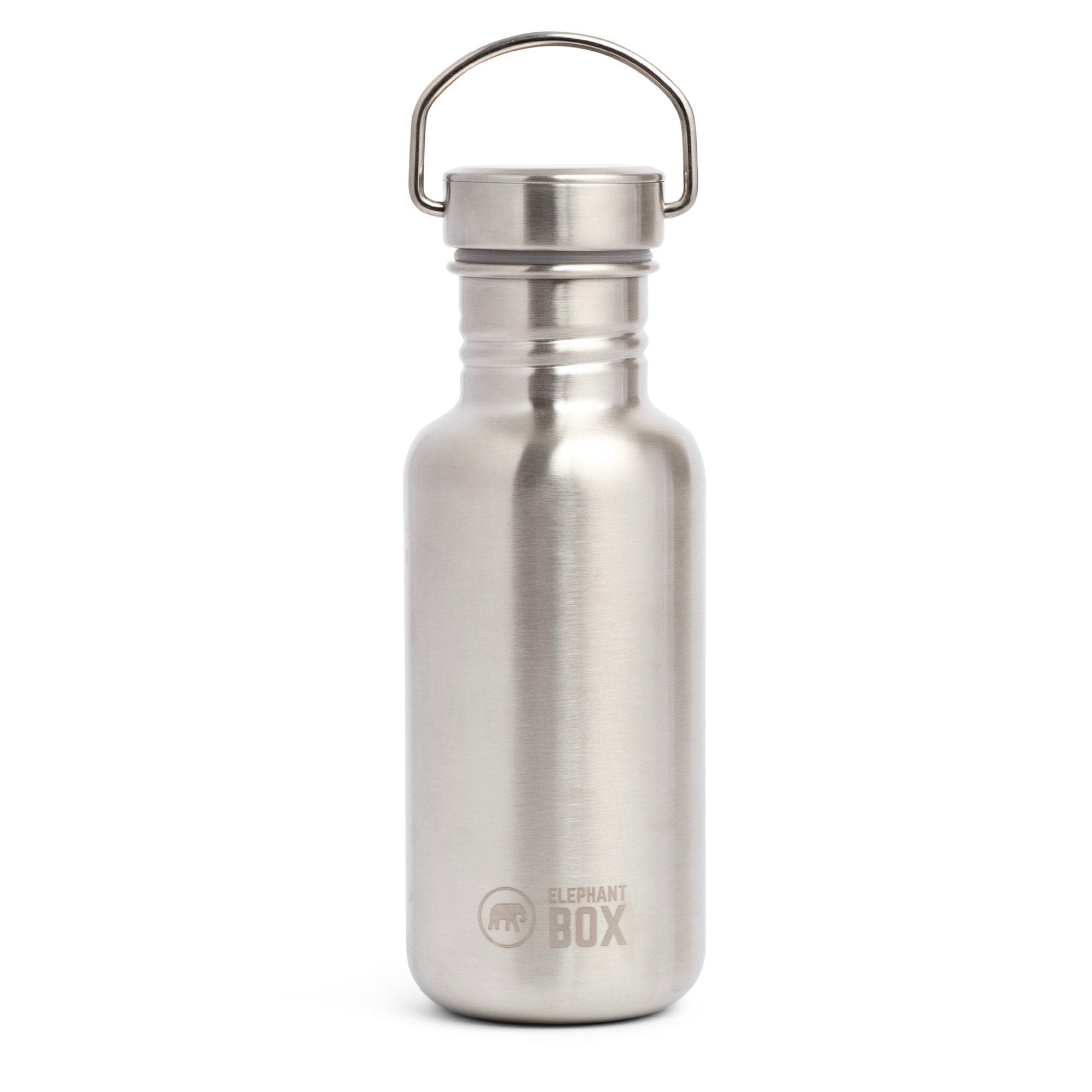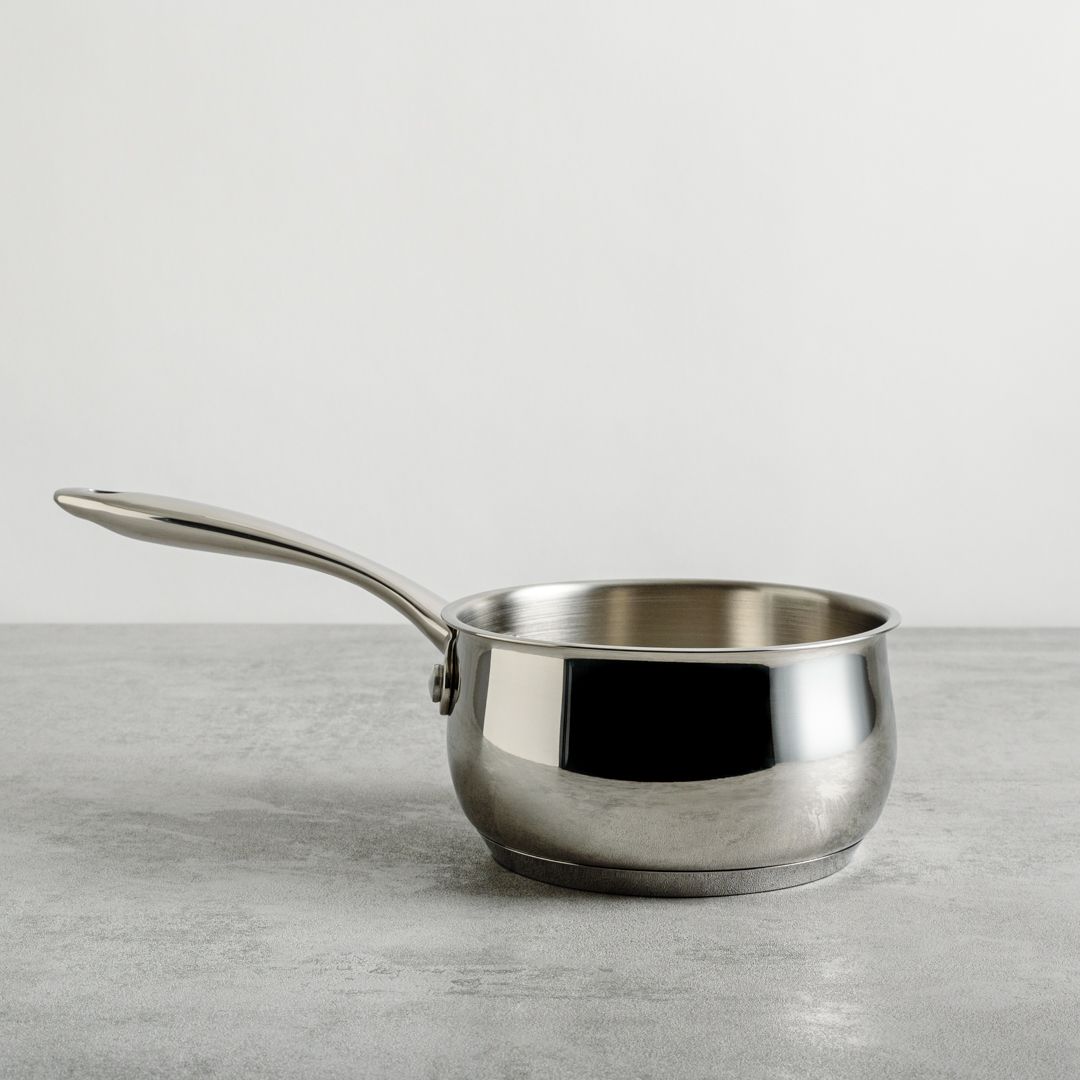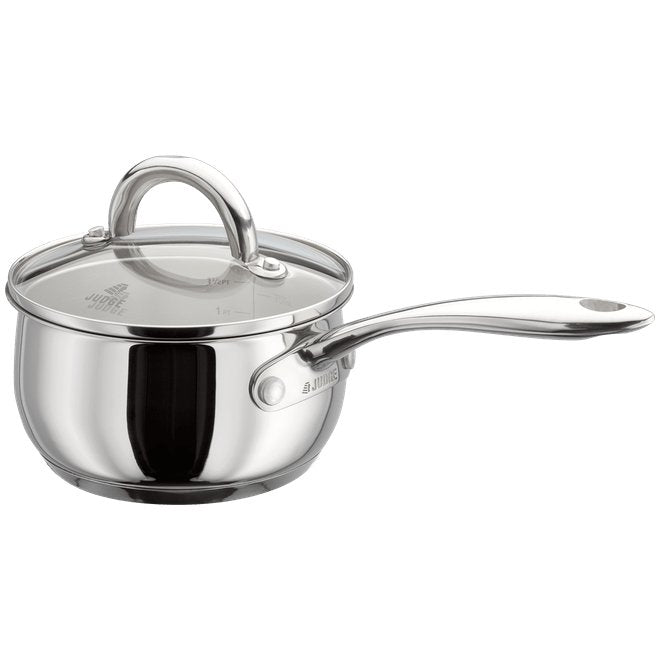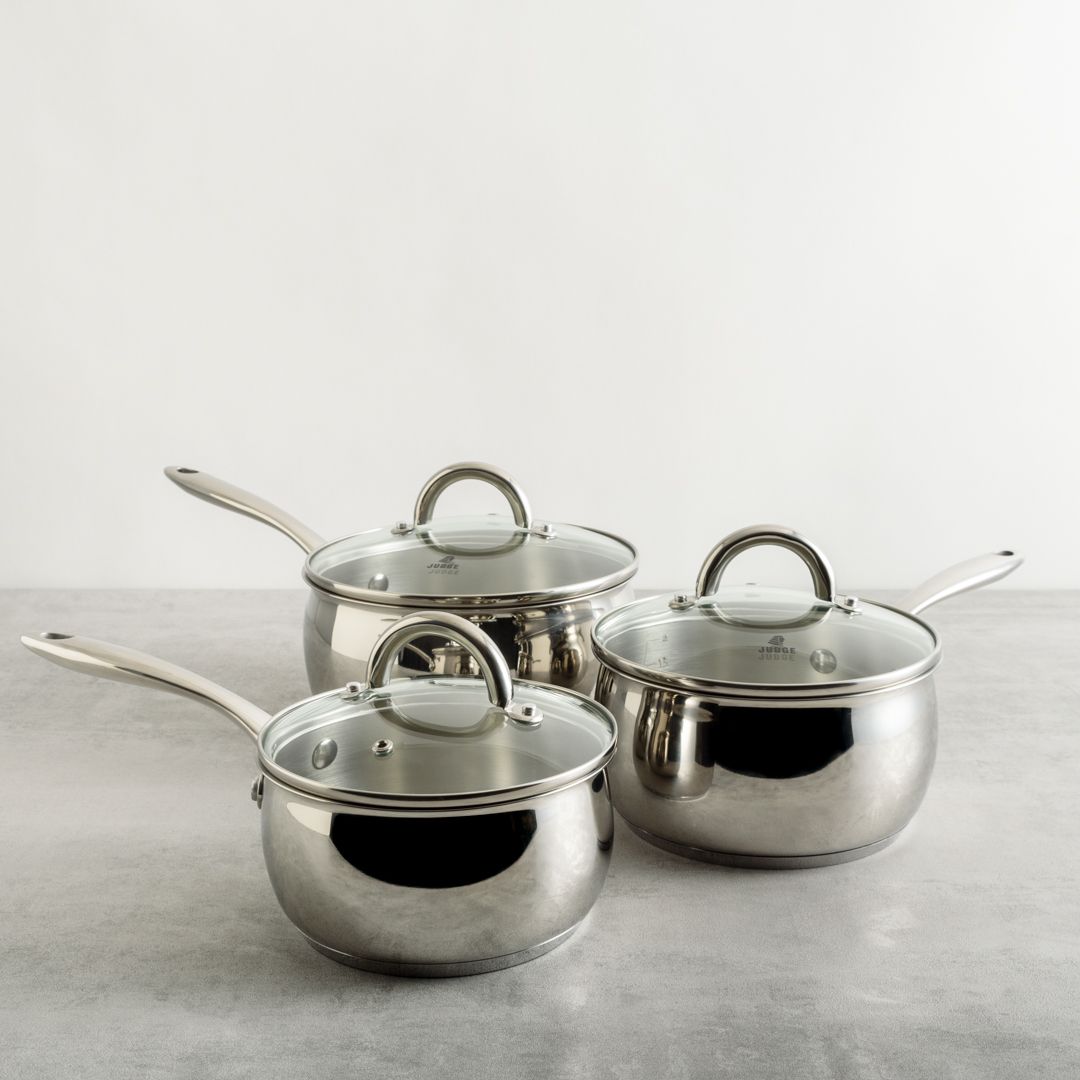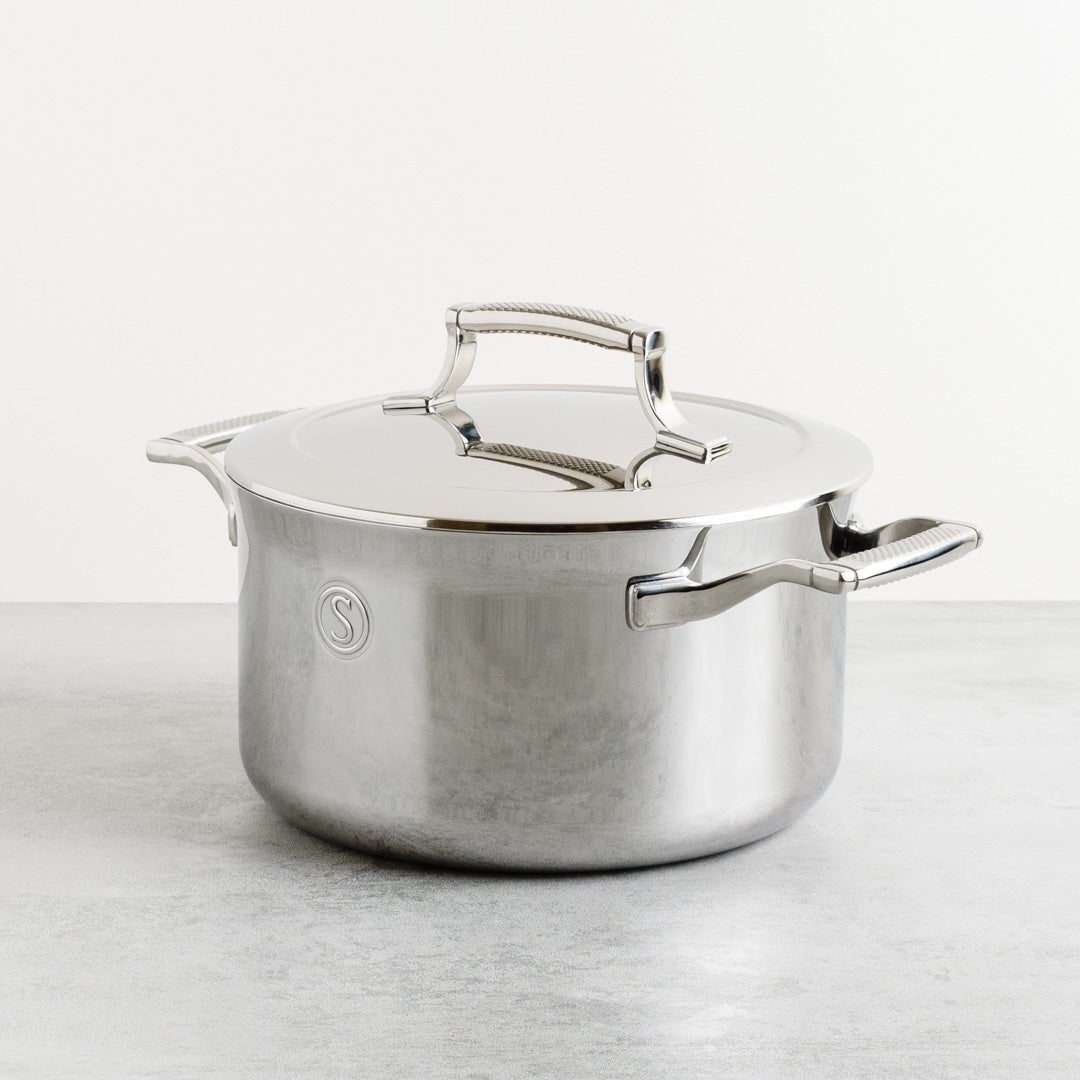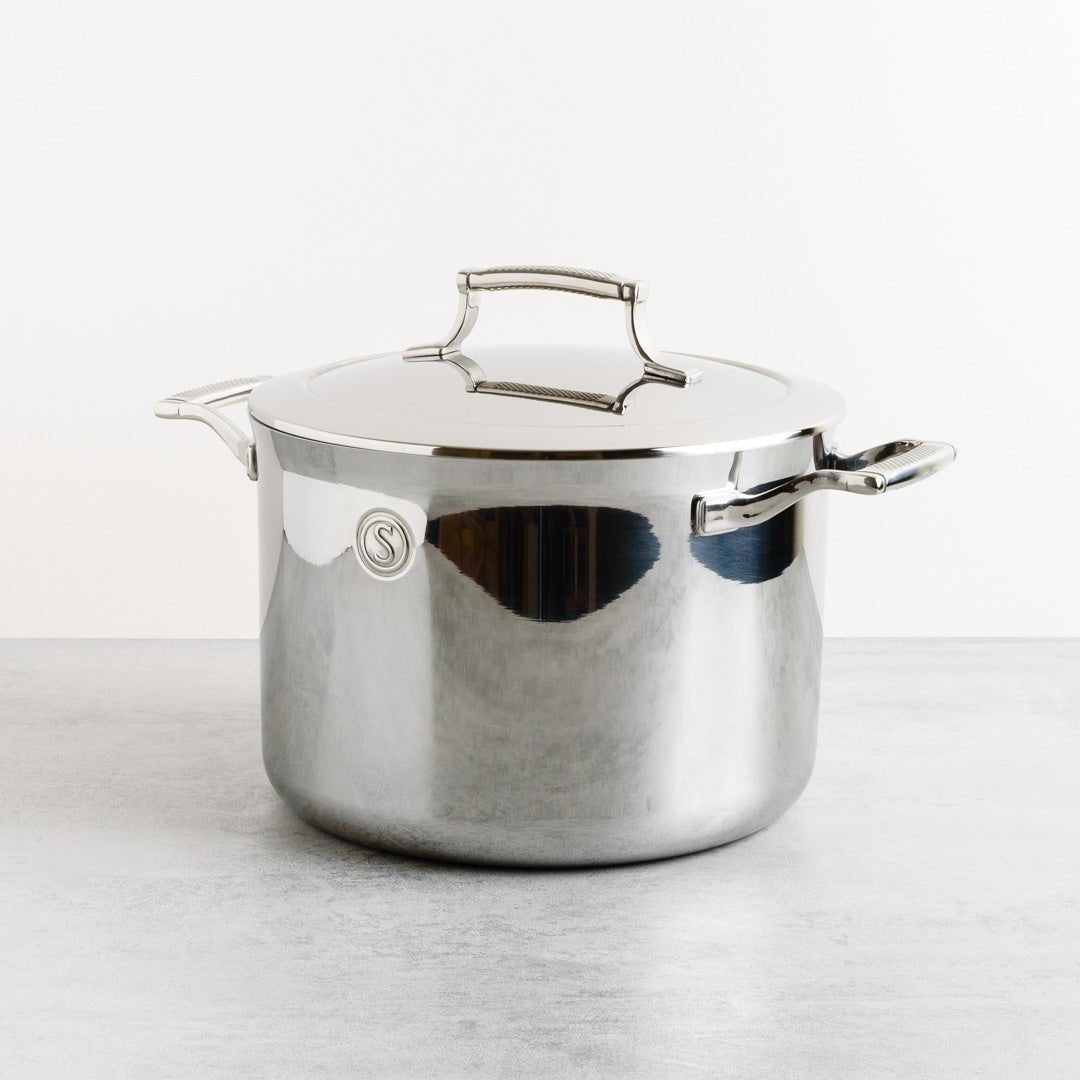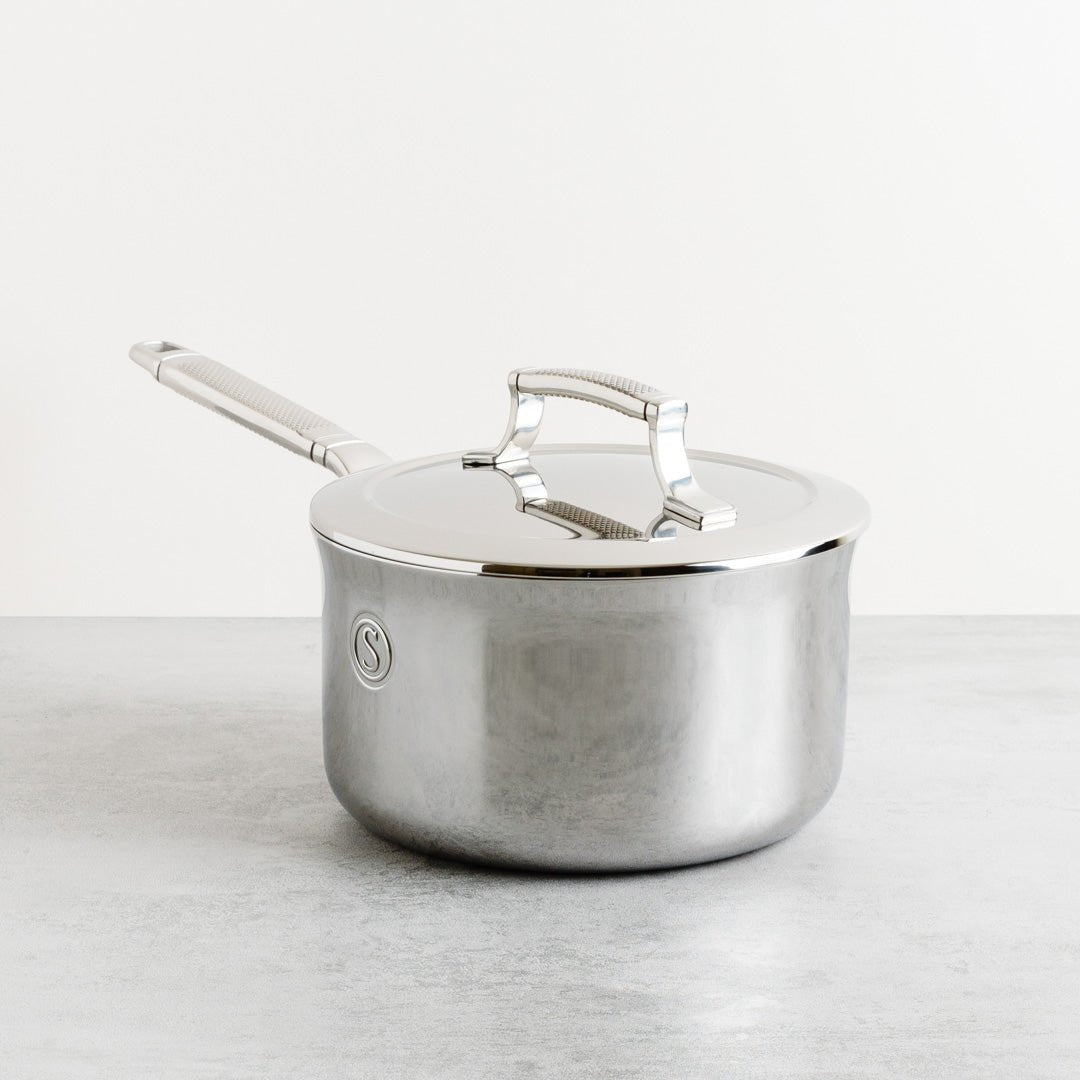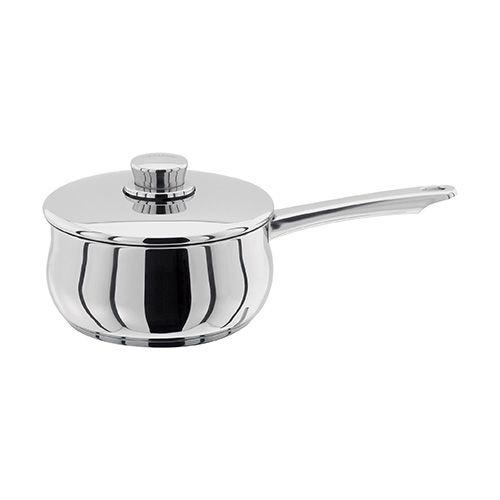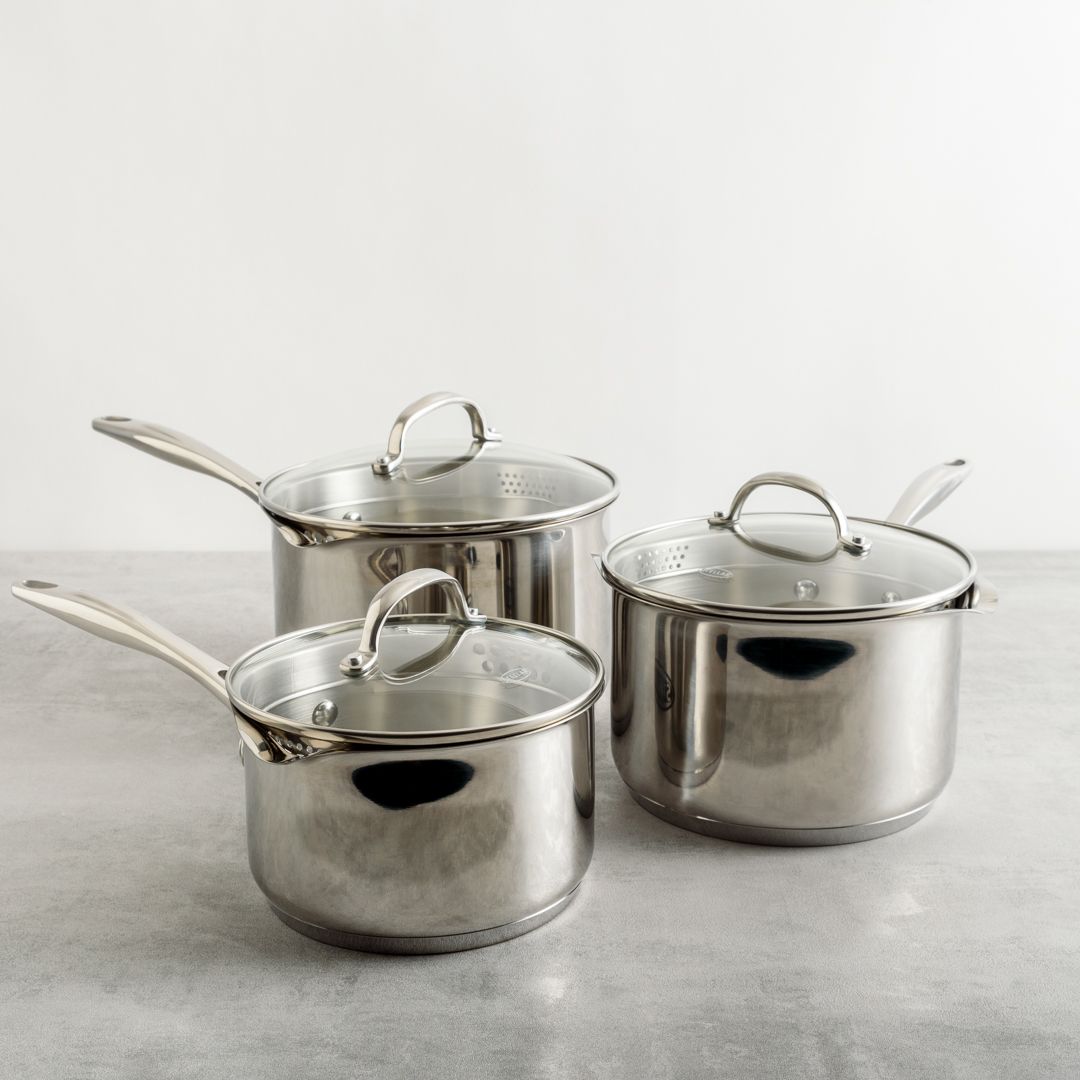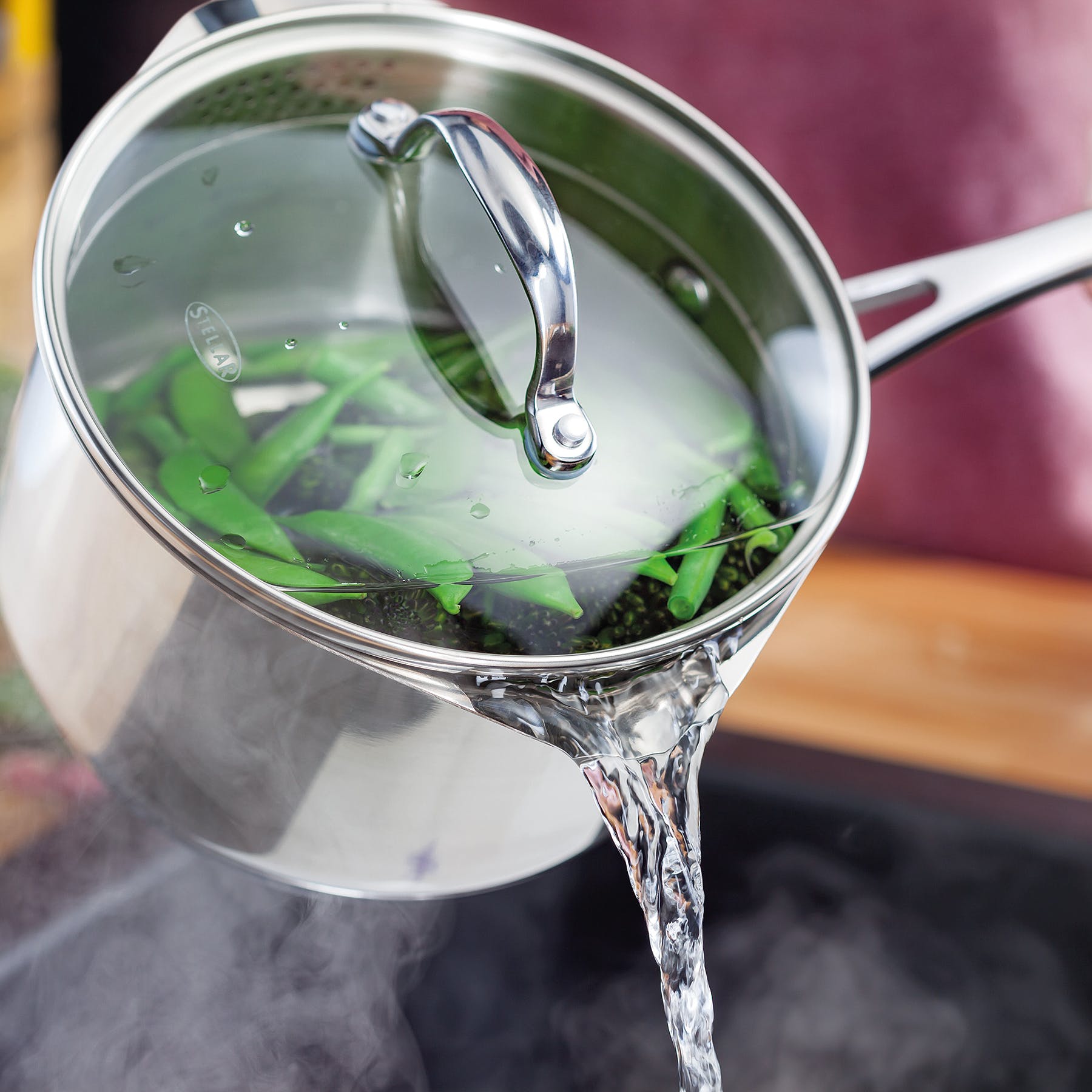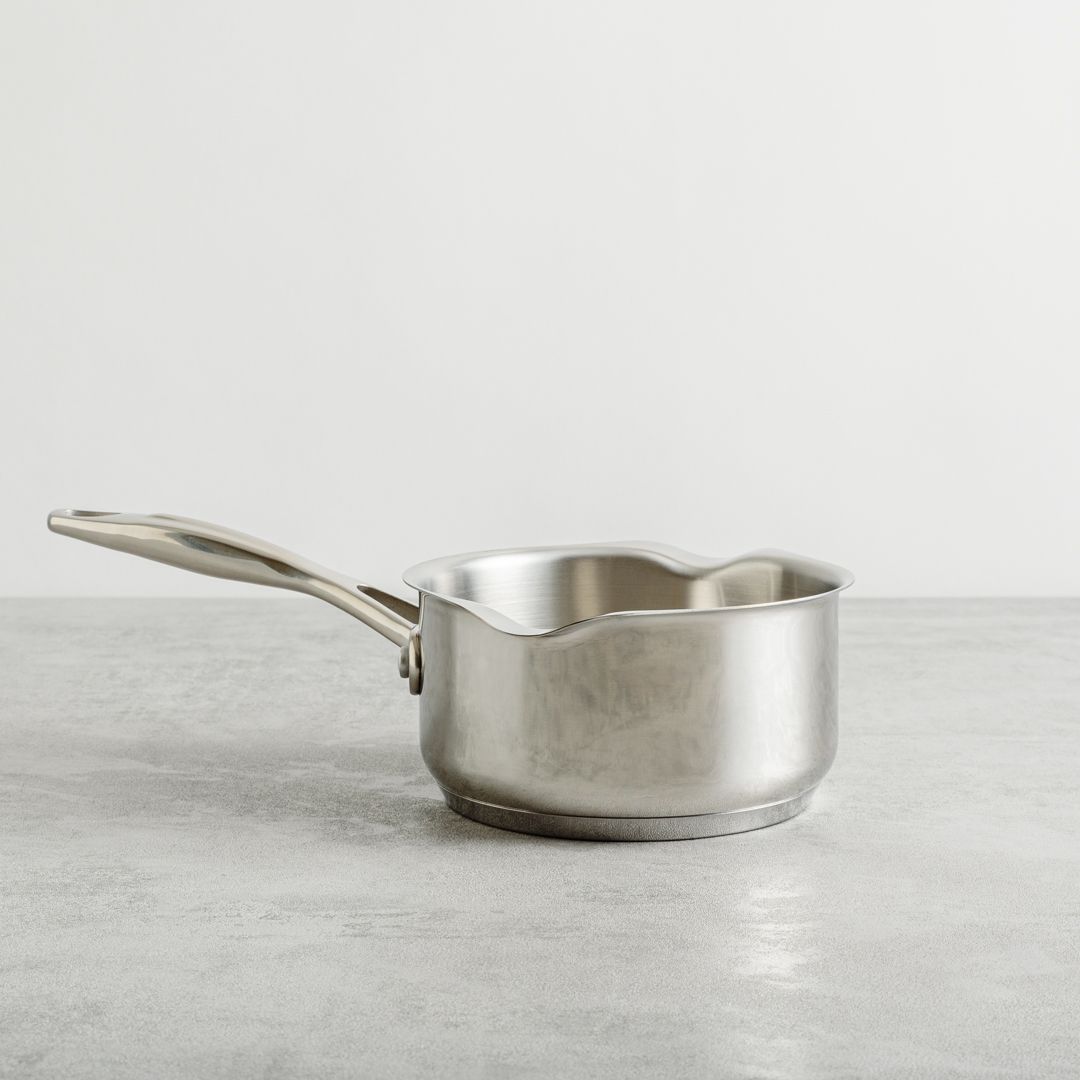Saucepans
Reliable saucepans for everyday cooking, built to last. From small milk pans to sturdy stockpots, these are solid, well-balanced pans you’ll use again and again. Non-stick, stainless steel and induction-ready options all made with dependable materials and comfortable handles that feel secure in your hand. Good pans make all the difference. These are ones worth keeping.
Saucepan FAQs
What size saucepan is best for everyday cooking?
The best saucepan size for everyday cooking is usually between 16cm and 18cm, giving you space for grains, sauces or veg without taking over the hob. For solo meals, 14cm is tidy and efficient, while a 20cm pan suits families or batch cooks. Choose one with a snug-fitting lid and a comfy handle to keep mealtimes stress-free. A well-made pan will last decades, so it’s worth picking the size that fits your routine best.
Can you use a saucepan for frying or poaching eggs?
Yes, you can use a saucepan for frying or poaching eggs, though one method suits better than the other. Poaching is a doddle - just simmer water with a dash of vinegar, then slip in your egg. Frying? You’ll manage small amounts with a heavy-based pan, but a frying pan gives better results and more space. Keep your saucepan for simmering, and let the frying pan do the frying.
Which saucepans are suitable for induction hobs?
Saucepans suitable for induction hobs need magnetic bases - if a fridge magnet sticks to the bottom, you’re good to go. Stainless steel with a magnetic core and classic cast iron are both ideal. Many modern pans will clearly say they’re induction-friendly, and top brands often back them with long guarantees. Look for a flat, solid base too - it helps with even heating and avoids that annoying wobble.
Can you put a saucepan in the oven safely?
Yes, you can put a saucepan in the oven safely if it’s made from oven-safe materials like stainless steel or cast iron. Just steer clear of pans with plastic, wooden or silicone handles, which won’t stand the heat. Always check the maker’s guidelines - many models are safe up to 200°C or even higher. A proper oven-safe pan adds serious flexibility, so it's worth double-checking what's what. More tips in our frying-pans-go-in-oven guide.
How do you clean a burnt or stained stainless steel saucepan?
To clean a burnt stainless steel saucepan, fill it with water, stir in a spoonful of baking soda and simmer for 10–15 minutes. Let it cool, then scrub with a non-abrasive pad. For tougher stains, a vinegar soak or specialist stainless steel cleaner can work wonders. Whatever you do, dodge the steel wool - it’ll leave more scratches than memories. For extra care tips, see our product care and repair hub.
Which saucepans are truly buy-it-for-life?
The most buy-it-for-life saucepans are made of thick stainless steel, cast iron or copper, with solid construction and replaceable parts. Features to look for? Riveted handles, multi-layered bases and warranties of ten years or more. Some leading brands even repair their pans for life - how’s that for staying power? Read how we research our cookware choices to find the pans that really go the distance.
How can I keep my saucepan in great condition for years?
To keep your saucepan in great condition for years, clean it promptly, especially after cooking acidic foods. Hand-wash if you can, even if it’s dishwasher-friendly, and go easy on metal utensils. Store it bone-dry to avoid rust patches, and never overheat it while empty - it’s not a bonfire. With proper care and the odd polish-up, your saucepan can serve dependably for decades. For more tips, our care and repair hub is worth a look.

